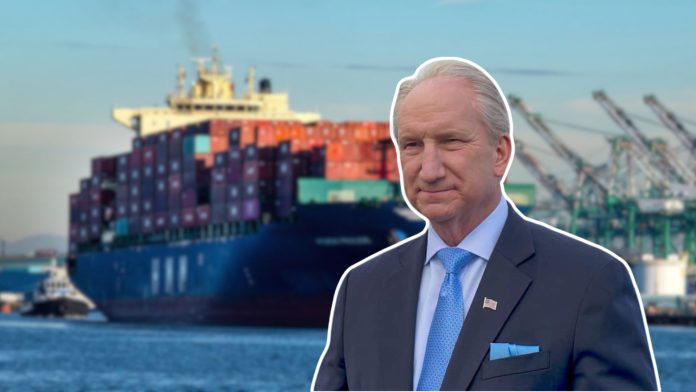According to port officials, imports through the Port of Los Angeles dropped 9% year-over-year in May as President Donald Trump’s steep tariffs on Chinese goods prompted U.S. companies to cancel or delay shipments. The decline marked the port’s lowest monthly volume in over two years and is likely to signal continued weakness throughout the rest of 2025.
Port of Los Angeles Executive Director Eugene Seroka said importers “slammed on the brakes” in May when the full impact of the 145% tariffs began to materialize. The port handled the equivalent of 355,950 twenty-foot containers during the month. China remains the top supplier of U.S. seaborne imports, and Los Angeles is the busiest port handling that trade, which includes critical items such as toys, furniture, and auto parts for companies like Walmart and Ford.
The ports of Los Angeles and Long Beach together account for 31% of U.S. ocean trade. While Long Beach has yet to release its May data, its CEO previously projected a more than 10% drop in imports for the month.
Following last month’s agreement between the U.S. and China to pause retaliatory tariffs, the U.S. rolled back many duties to 30%, and both nations recently agreed to maintain that level. In addition, shipping giant Maersk noted in a customer advisory that volumes began to pick up after the May 12 adjustment. Seroka confirmed that cargo traffic in June is recovering slightly, with a rare double-digit number of ships docked on a single day.
Still, Seroka cautioned against optimism, citing volatile consumer demand and the continued burden of 30% tariffs. Industry analysts agree that uncertainty over future trade policy—and ongoing legal challenges—will likely keep 2025 import levels below last year’s.
Despite a slight increase in consumer sentiment in June, economists warn that the full impact of tariffs has yet to be reflected in retail prices.




